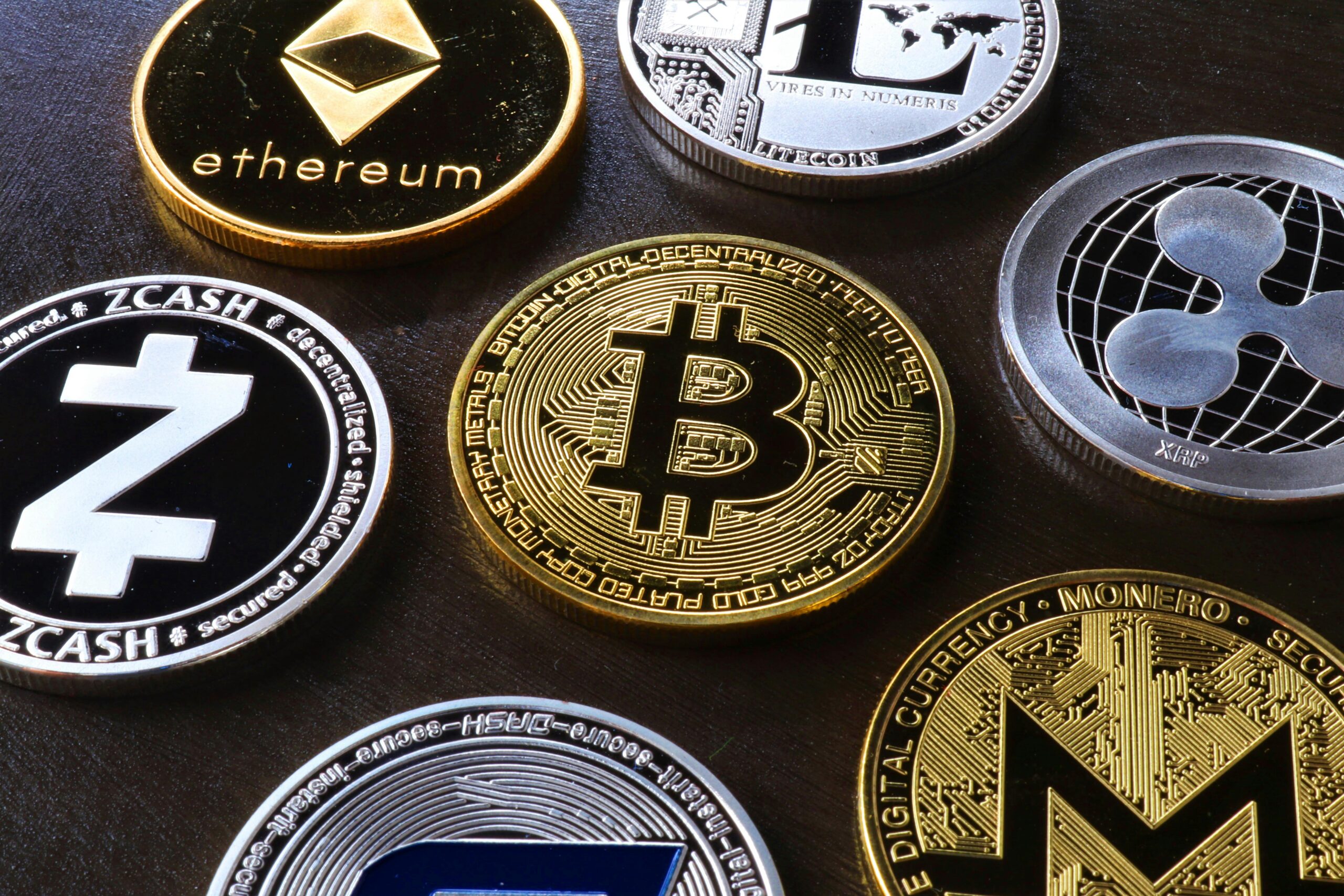The Mysteries Behind Gold Price Rising: Factors Driving the Surge
Table of Contents

Introduction:
In the dynamic world of finance, few commodities hold as much allure and intrigue as gold. Renowned for its timeless value and stability, gold has consistently fascinated investors and analysts alike. However, in recent times, the shimmering metal has been the subject of intense scrutiny as its prices surge. In this article, we delve deep into the underlying forces propelling the upward trajectory of gold prices, exploring the economic, geopolitical, and market dynamics at play. To comprehend the current surge in gold prices, it’s imperative to grasp the historical context. Throughout centuries, gold has served as a store of value, a hedge against inflation, and a safe haven during times of economic uncertainty. This enduring appeal has bestowed upon gold a status of unparalleled significance in the financial landscape.
Economic Uncertainty and Market Volatility for Gold Price:
One of the primary drivers behind the recent surge in gold prices is the pervasive economic uncertainty and market volatility. Amidst global economic upheavals, investors seek refuge in assets perceived as safe havens, with gold topping the list. The lingering effects of the COVID-19 pandemic, coupled with concerns over inflationary pressures and fiscal stimulus measures, have fueled apprehensions about the stability of traditional markets, prompting a flight to safety.
Economic Uncertainty as a Precursor to Gold Price Rising: Economic uncertainty serves as a harbinger of volatility, prompting investors to seek refuge in assets perceived as safe havens, with gold emerging as a primary beneficiary. The unprecedented disruptions unleashed by the COVID-19 pandemic have plunged global economies into disarray, casting a shadow of uncertainty over future growth prospects. As businesses grapple with operational challenges and consumers navigate the uncertainties of employment and income stability, the allure of gold as a store of value becomes increasingly compelling. This heightened demand for gold, driven by economic uncertainty, contributes significantly to the rising prices witnessed in recent times.
Market Volatility: A Driving Force Behind Gold’s Ascent: Market volatility, characterized by sharp fluctuations and abrupt shifts in asset prices, amplifies the appeal of gold as a safe haven asset. The interconnectedness of global financial markets, coupled with the proliferation of algorithmic trading and high-frequency trading strategies, exacerbates volatility and fosters an environment of uncertainty. Against this backdrop, investors seek assets capable of weathering market turbulence, with gold emerging as a resilient option. The metal’s intrinsic value and historical track record as a hedge against volatility position it as an attractive investment avenue during periods of market upheaval. Consequently, surges in market volatility often coincide with corresponding spikes in gold prices, as investors flock to the relative safety and stability offered by the precious metal.
Navigating Uncertain Terrain: The Role of Gold in Portfolio Diversification: In an era fraught with economic uncertainty and market volatility, prudent investors recognize the importance of portfolio diversification as a risk management strategy. Gold, with its low correlation to traditional financial assets such as stocks and bonds, serves as an effective diversifier, helping to mitigate portfolio risk and enhance overall resilience. By incorporating gold into their investment portfolios, investors can hedge against adverse market movements and preserve wealth across diverse market conditions. This strategic allocation to gold not only provides downside protection during times of market stress but also enhances long-term portfolio performance through diversification benefits.
Looking Ahead: The Interplay Between Economic Uncertainty, Market Volatility, and Gold Prices: As economic uncertainty and market volatility persist in the foreseeable future, the trajectory of gold prices remains intricately linked to these underlying dynamics. The evolving landscape of global finance, characterized by geopolitical tensions, monetary policy shifts, and structural transformations, will continue to shape investor sentiment and influence gold prices. Against this backdrop, a nuanced understanding of the interplay between economic uncertainty, market volatility, and gold prices is essential for investors seeking to navigate the complexities of today’s financial markets.
Central Bank Policies and Monetary Easing:
Central Bank Policies: Shaping the Path of Gold Prices: Central banks wield immense influence over financial markets through their monetary policy decisions, which encompass interest rate adjustments, quantitative easing programs, and currency interventions. In an environment marked by economic uncertainty and subdued growth prospects, central banks often resort to accommodative policies aimed at stimulating economic activity and spurring inflation. However, the unintended consequences of such policies, including currency devaluation and inflationary pressures, underscore the importance of alternative stores of value such as gold.
Monetary Easing: Fueling Demand for Gold as a Hedge: Monetary easing measures, characterized by low interest rates and expansionary monetary policies, diminish the appeal of fiat currencies and drive investors towards assets perceived as safe havens. Gold, with its intrinsic value and limited supply, emerges as a preferred hedge against the erosive effects of currency devaluation and inflationary risks. As central banks embark on unprecedented monetary easing initiatives in response to economic downturns and financial crises, the demand for gold as a hedge against monetary debasement surges, thereby exerting upward pressure on prices.
Quantitative Easing and Asset Purchases: Amplifying Gold’s Appeal: Quantitative easing (QE) programs, whereby central banks purchase government bonds and other financial assets to inject liquidity into the financial system, have profound implications for gold prices. The massive expansion of central bank balance sheets through QE initiatives not only fuels concerns about future inflationary pressures but also fosters a climate of uncertainty and risk aversion among investors. In such circumstances, gold shines as a beacon of stability and resilience, attracting capital seeking refuge from the uncertainties of monetary policy experimentation.
Currency Wars and Competitive Devaluations: Enhancing Gold’s Role: In an era of heightened currency wars and competitive devaluations, central banks resort to unconventional monetary policies in a bid to gain a competitive edge in global trade. However, the unintended consequences of such policies, including currency depreciation and trade imbalances, underscore the importance of gold as a neutral reserve asset. As central banks engage in currency interventions and competitive devaluations to bolster export competitiveness, the appeal of gold as a timeless store of value becomes increasingly pronounced, driving up its prices in the process.
Inflationary Pressures and Currency Devaluation:
As inflationary pressures loom large on the horizon, investors seek assets capable of preserving their purchasing power over time. Gold, with its intrinsic value and limited supply, emerges as an attractive option amidst currency devaluation and rising prices. Moreover, concerns regarding the long-term ramifications of expansive fiscal policies and mounting public debts amplify the allure of gold as a hedge against inflationary risks.
Geopolitical Tensions and Global Instability:
Geopolitical tensions and global instability constitute another catalyst for the surge in gold prices. Escalating conflicts, trade disputes, and geopolitical uncertainties across various regions intensify risk aversion among investors, prompting them to allocate capital towards safer assets like gold. The metal’s role as a geopolitical hedge becomes increasingly pronounced during times of heightened geopolitical tensions, driving up its prices in the process.
Supply Constraints and Production Challenges:
Beyond demand-side factors, supply constraints and production challenges also contribute to the upward trajectory of gold prices. The mining industry, which forms the backbone of gold supply, faces myriad obstacles ranging from labor disputes to operational disruptions, thereby constraining the flow of new gold into the market. Additionally, the depletion of existing reserves and the absence of significant discoveries further exacerbate supply-side pressures, exerting upward pressure on prices.
Investor Sentiment and Speculative Activity:
Investor sentiment and speculative activity play a pivotal role in shaping short-term fluctuations in gold prices. The fear of missing out (FOMO) phenomenon, coupled with herd mentality, can fuel speculative buying sprees and exacerbate price volatility. Moreover, the proliferation of exchange-traded funds (ETFs) and other financial instruments tied to gold enables investors to gain exposure to the metal without physically owning it, amplifying the impact of investor sentiment on prices.
In conclusion, the surge in gold prices can be attributed to a confluence of factors spanning economic uncertainty, central bank policies, inflationary pressures, geopolitical tensions, supply constraints, and investor sentiment. As the global financial landscape continues to evolve amidst unprecedented challenges, gold remains a beacon of stability and resilience, attracting investors seeking to navigate turbulent waters. Whether this upward trajectory is sustainable in the long run remains uncertain, but one thing is clear: the allure of gold endures, undiminished by the passage of time.




